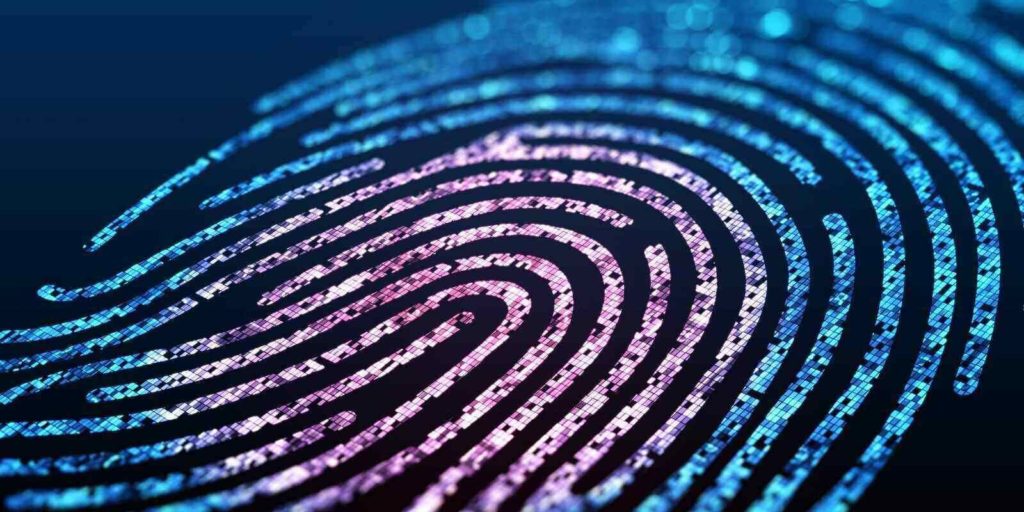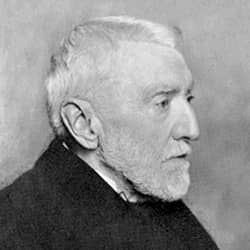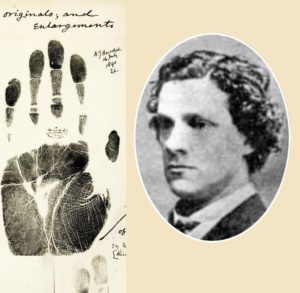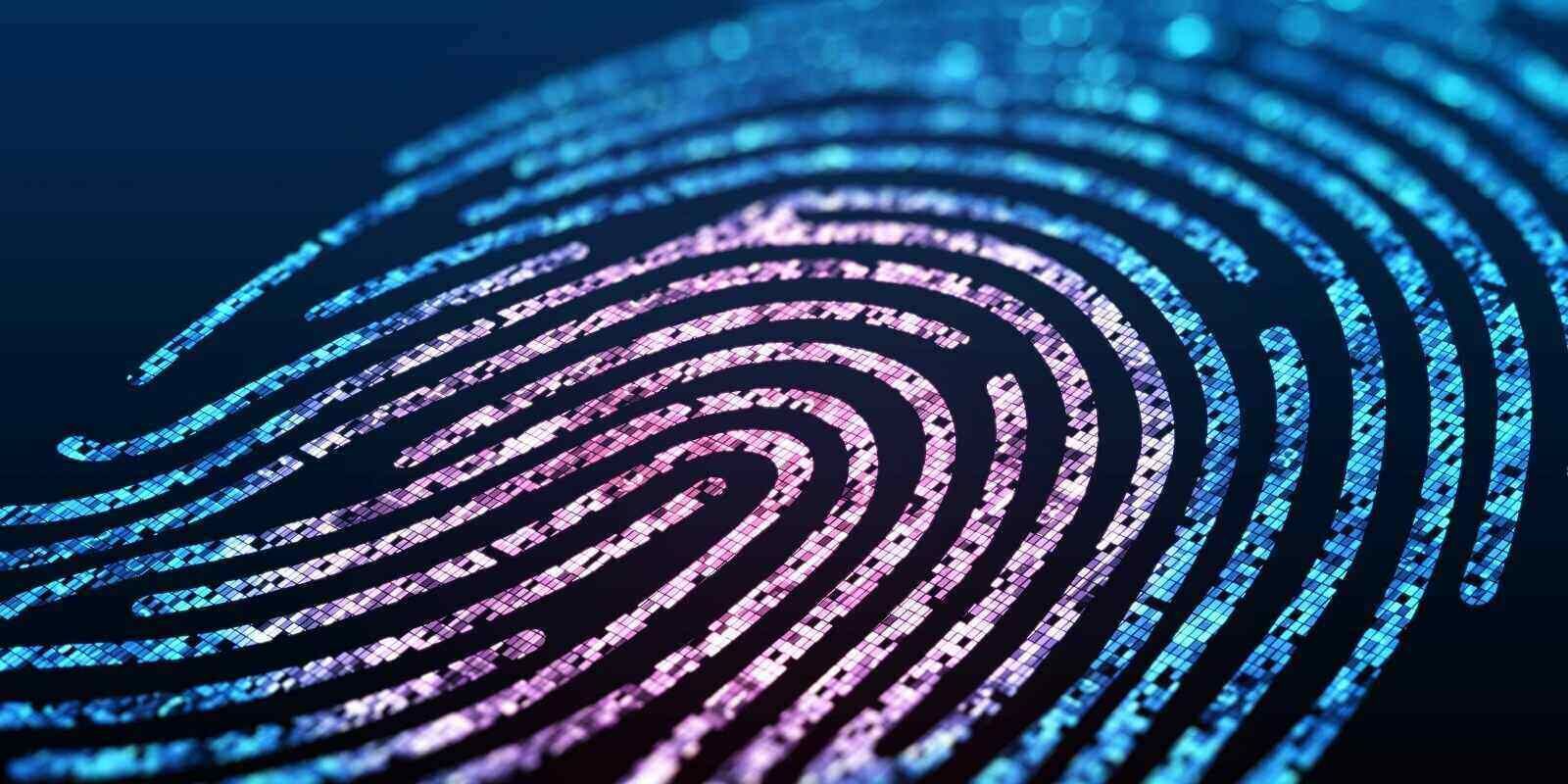By Burnett Munthali
Sir William Herschel, the Chief Magistrate of the Hooghly district in Jungipoor, India, began using fingerprints on native contracts. These prints began as palm prints and later transitioned to prints of the right index and middle fingers. By 1880, fingerprints were starting to be used for identification purposes.
Fingerprints are used to track records of criminal actions, such as arrests and dispositions, and to compile criminal history reports for job applicants, including applicants for direct access employment under the Centers for Medicare & Medicaid Services (CMS) National Background Check Program (NBCP).

Galton was the first to develop the fingerprinting system. He based his 3-point identification system on the work collected by Sir William J. Herschel, whose collection began in 1857 when he aggressively forced a building supplier to place his handprint on the back of a contract to avoid being swindled.
Henry Faulds (1 June 1843 – 24 March 1930) was a Scottish doctor, missionary and scientist who is noted for the development of fingerprinting.
As the fingers grow, new ridges and branches form. Between 17 and 19 weeks gestation, a layer of keratin coats the surface of the skin. Smaller, secondary ridges form out of uneven keratin growth. Any factor that can influence friction in the womb can influence a fetus’s fingerprint pattern.
In fact, the National Forensic Science Technology Center states that, “no two people have ever been found to have the same fingerprints — including identical twins.” Also, it’s important to keep in mind that fingerprints also vary between your own fingers — this means you have a unique print on each finger.
Identical twins do not have identical fingerprints, even though their identical genes give them very similar patterns. 1 The fetus begins developing fingerprint patterns in the early weeks of pregnancy. Small differences in the womb environment conspire to give each twin different, but similar, fingerprints.
Of 400 bodies in various stages of decomposition, it was possible to obtain fingerprints that could be submitted to the Automated Federal Identification System in about three quarters of the cases. In another 11 percent of cases, good enough prints could be obtained to at least eliminate possible matches.
Capturing a Fingerprint
The value of latent prints rests on two scientifically accepted principles: first, no two persons possess the same friction ridge skin detail (i.e., everyone has different fingerprints) and second, barring any injury, fingerprints remain the same from birth until death (and post-mortem).





